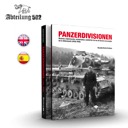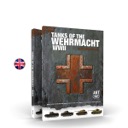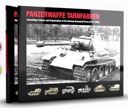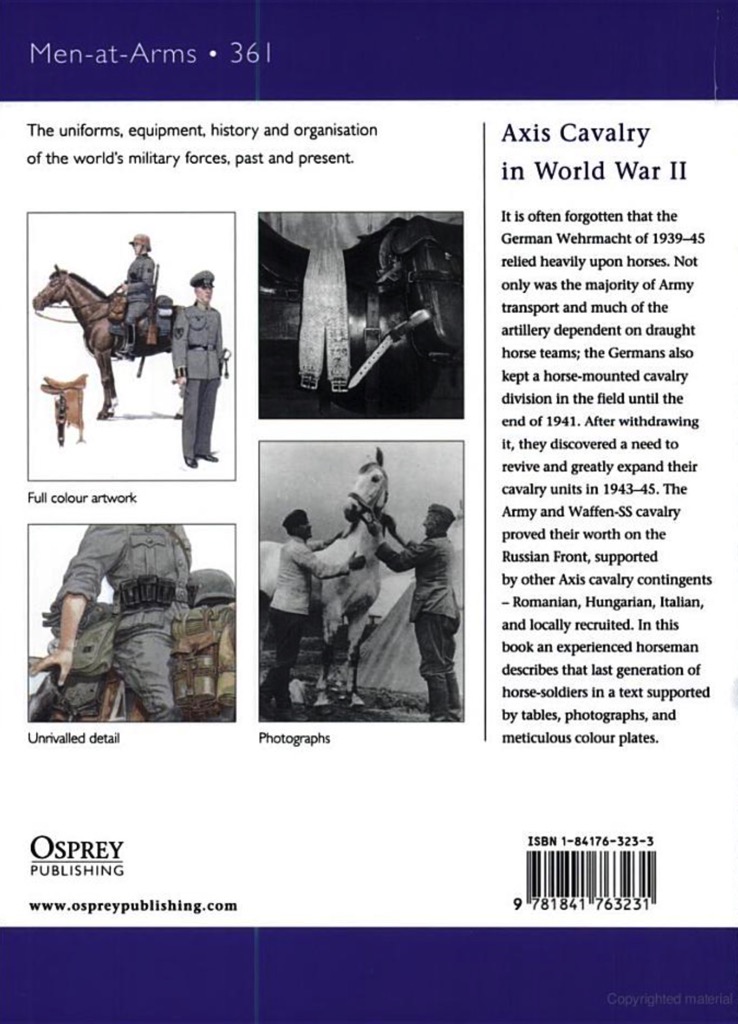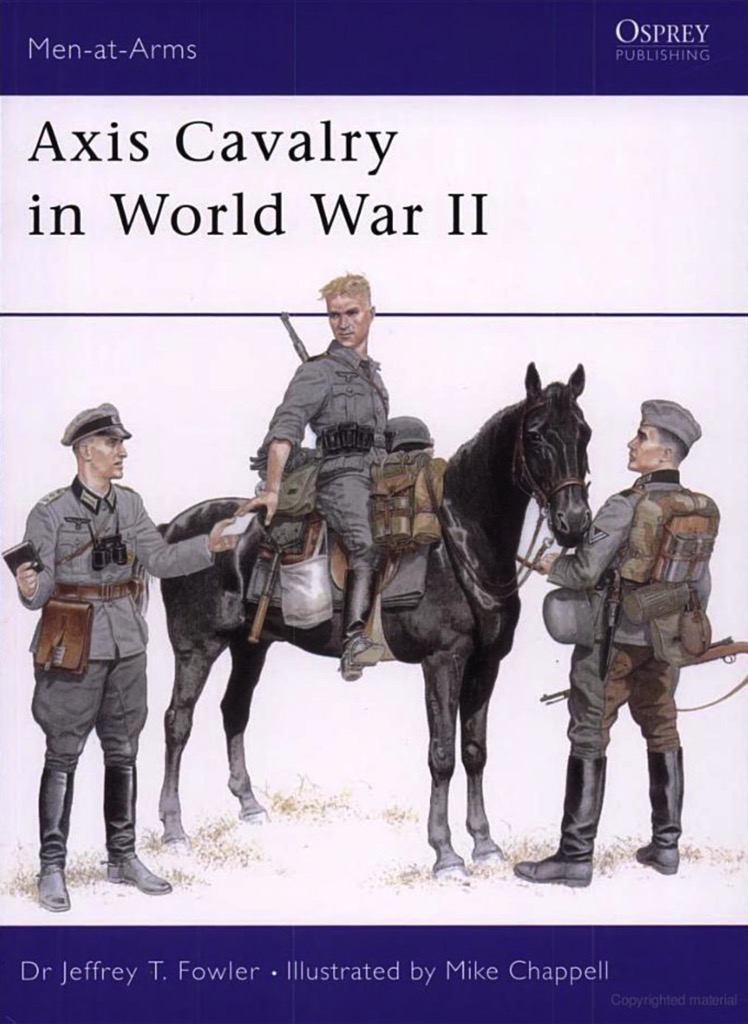

Axis Cavalry in World War II
48 page book.
In Stock (Ships in 1-3 business days)List price: $17.95
You pay: $12.99
(All prices in U.S. Dollars)

Manufacturer: Osprey Books
Stock Number: OSP MAA361
View all products of type "Mobile Divisions"
You pay: $12.99
(All prices in U.S. Dollars)


Manufacturer: Osprey Books
Stock Number: OSP MAA361
View all products of type "Mobile Divisions"
It is often forgotten that the German Wehrmacht of 1939-45 relied heavily upon horses. Not only was the majority of Army transport and much of the artillery dependent on draught horse teams; the Germans also kept a horse-mounted cavalry division in the field until the end of 1941. After withdrawing it, they discovered a need to revive and greatly expand their cavalry units in 1943-45. The Army and Waffen-SS cavalry proved their worth on the Russian Front, supported by other Axis cavalry contingents - Romanian, Hungarian, Italian, and locally recruited. In this book an experienced horseman describes that last generation of horse-soldiers in a text supported by tables, photographs, and meticulous colour plates.
CONTENTS
CONTENTS
- The pre-war German cavalry
- Operations of the 1st Cavalry Division and of mounted reconnaissance units in Poland and France, 1939-40
- Operation Barbarossa - German cavalry in Russia, June-December 1941
- Expanded roles for cavalry from spring 1942 - typical operations: anti-partisan warfare, and reconnaissance
- The Waffen-SS cavalry Axis cavalry: Cossacks, Kalmyks, Italian, Rumanian and Hungarian units
- Support services
- Equipment and weapons

Copyright © 2005-2025 Scale Hobbyist, all rights reserved










